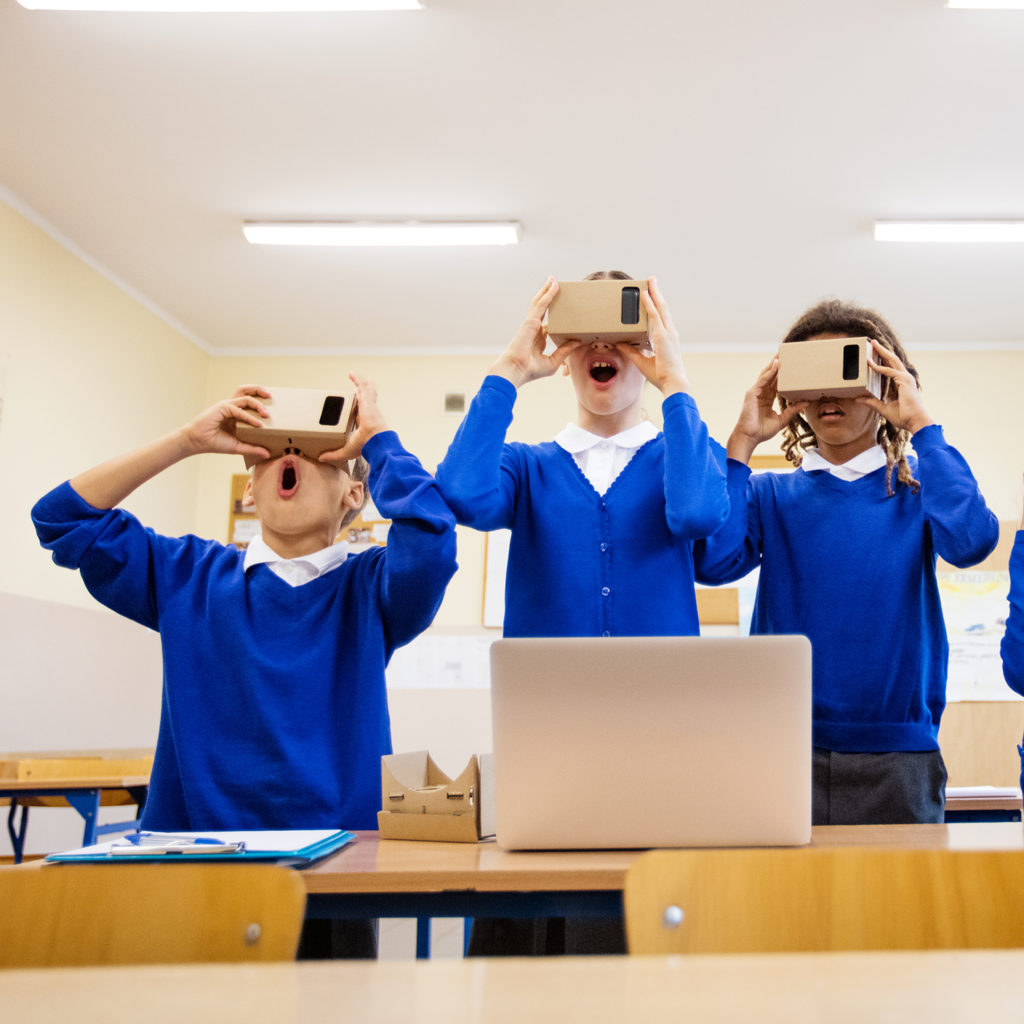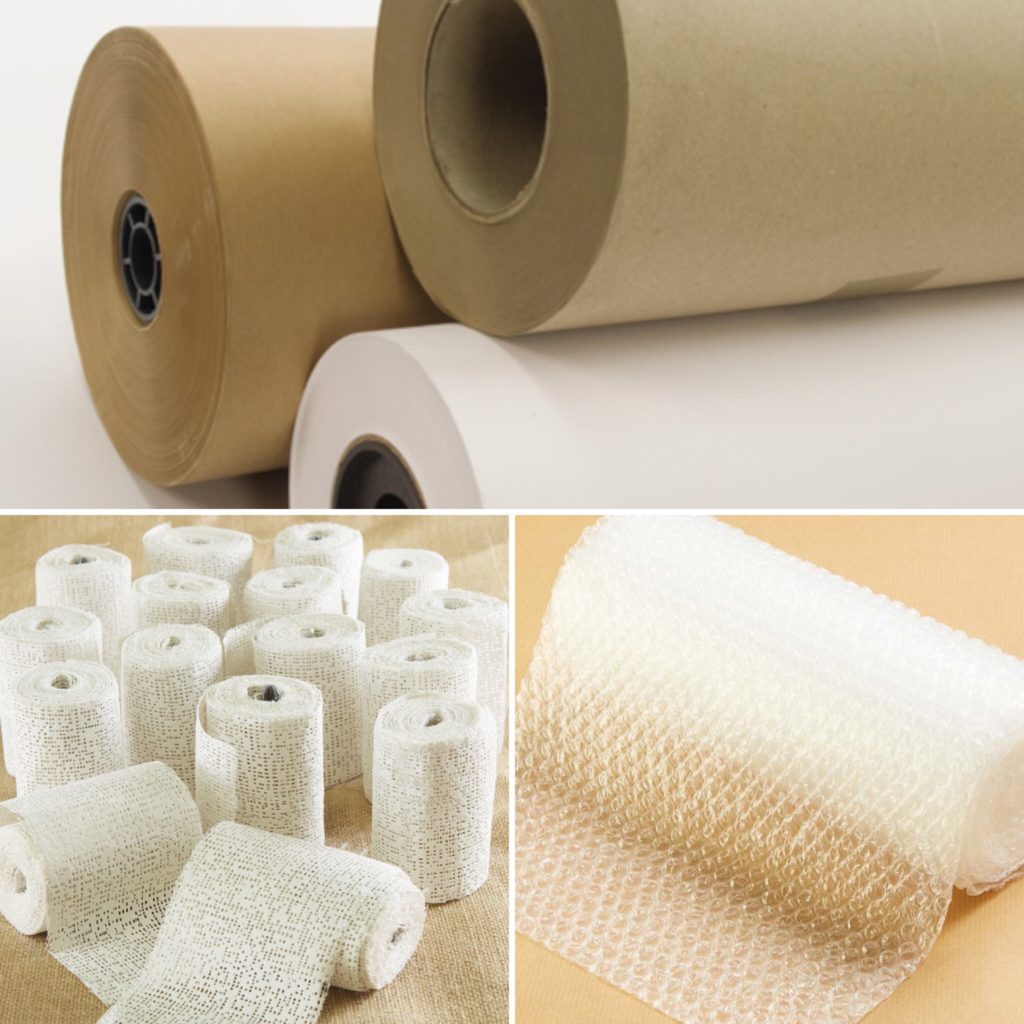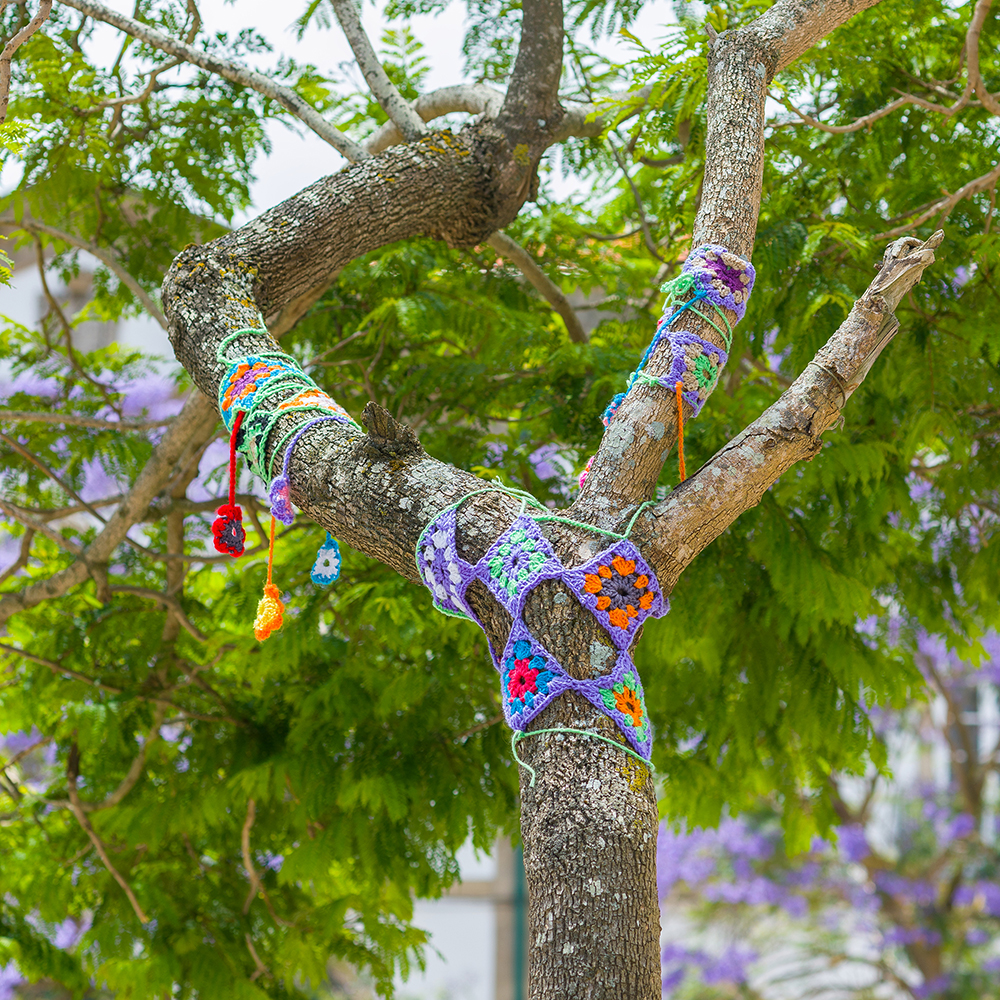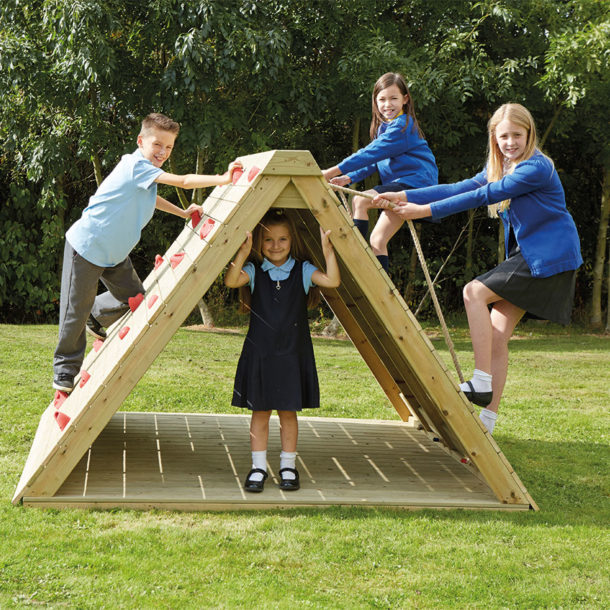Over a series of blogs I am looking at all of the main patterns of playful behaviour or ‘schema’:
Blog 1: Rotation and Trajectory
Blog 2: Enveloping and Orientation
Blog 3: Positioning and Connection
Blog 4: Transformation
Blog 5: Transportation
Here we will look at enveloping and orientation.
Enveloping
The earliest introduction of ‘there and then not there’ is playing ‘Peek-a –boo’ with a baby. The hidden object holds tension and excitement; what is it that is behind the cover or under the wrapping? I remember making my young son an entire suit of armour out of newspaper and masking tape and the children playing ‘mummies’ by wrapping each other entirely in toilet roll. This shows how the idea of enveloping or wrapping can extend beyond objects to involve ourselves and each other.
What can you wrap up? An acorn, a book, a chair, a friend, a grown-up, yourself? What can you use to wrap things up in? Big brown crinkly paper, kitchen roll, a sheet, a leaf. From giving and receiving presents, yarn-bombing (a type of street art involving knitted wrapping), to clothing, the joy of enveloping continues into adulthood.
Orientation
I once introduced a talk on play by putting on 3D cinema glasses and saying I was going to introduce the most amazing and realistic 3D reality experience ever. I then took off the glasses and said it was of course reality! We live in a 3D world full of distance, depth, and dimensions. As adults we are used to this and take it for granted. Through their play children experiment with orientation of themselves and objects. They do this by exploring the view of things from all angles; squeezing under the table to see the bottom of it, standing on top of the play equipment to understand height, and tipping and turning their whole bodies to experience what the world looks like from sideways, backwards and upside down.

When we ‘see’ the world around us we are in fact drawing 90% of the information from what we already know and understand about the world and have stored away in our brains, and only 10% from what comes through our eyes…try walking down an stationary escalator and you will see how much of what you see is what based on what you think. Through their orientation play children are building reference banks of data, so they can understand the hugely complex three dimensional world they are constantly having to interpret and predict.
Enhancing orientation schematic play can involve games where you look at life from different angles. It requires lots of opportunities to scramble up, over, round and through objects, as well as plenty of varied objects of different sizes to handle, and strong bars and poles so that children may be upside down.
With thanks to Michael Follett BA Hons, PGCE, for writing this post. Michael is a former playworker, teacher and school improvement officer. He is currently director of OPAL and works with primary schools across the UK.


OPAL Outdoor Play and Learning CIC Ltd is a registered community interest company dedicated to improving the quality of play in primary schools and early years settings.






